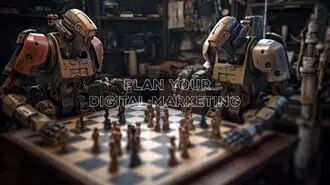Summary / TL;DR
The blog compares inbound and outbound marketing strategies by outlining how each technique attracts customers. Inbound marketing is permission-based, aiming to pull in potential buyers using content such as blogs, webinars, and SEO-driven resources tailored to user interest and online search intent. This method enables businesses to track engagement and ROI, but requires regular effort, content updates and specialised tools. Outbound marketing, conversely, pushes messages to a broad audience via TV ads, cold emails, and billboards. It can raise brand awareness quickly and reach passive consumers, though often at a higher cost and with lower personalisation. Choosing the right strategy depends on business goals, budget, and customer profiles.
Ever wondered why those same ads keep popping up every time you flick through TV channels?
Or why do blog posts have action buttons and links asking you to take advantage of limited deals today? Even though these are marketing campaigns, you might doubt their effectiveness as you might mute the TV or skip the links when exposed to similar advertisements.
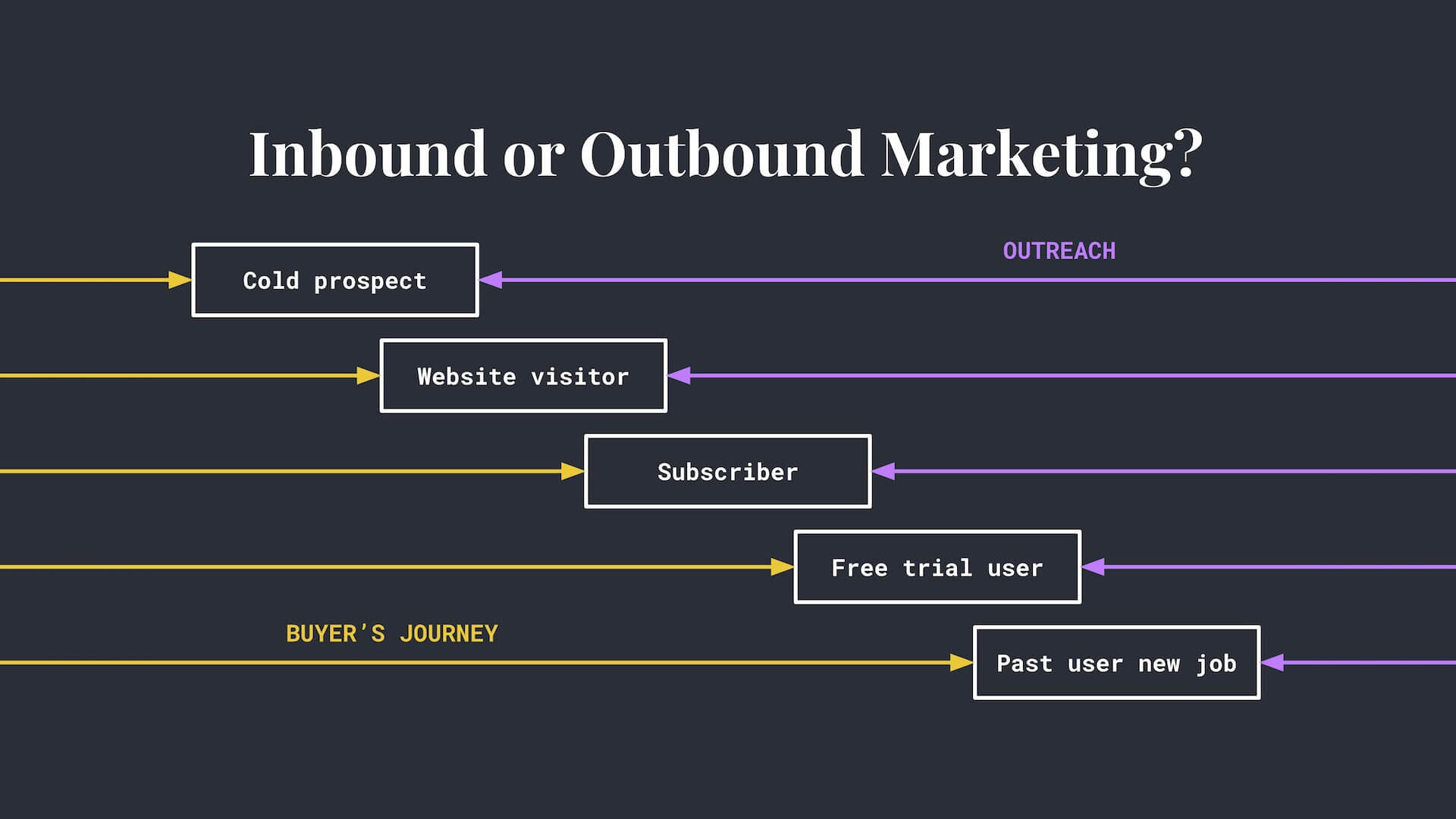
More often than not, these strategies subconsciously influence people to purchase the latest products or book exclusive services. Return to the rest of the article for an in-depth understanding, and you’ll see how the world of digital marketing revolves around how outbound and inbound marketing focuses and outbound strategies.
Want to receive updates? Sign up to our newsletter
Each time a new blog is posted, you’ll receive a notification, it’s really that simple.
What Is Inbound Marketing Strategy?
If you are familiar with the nuances of digital marketing and infographics, you’ll know that marketing professionals often refer to inbound marketing as “magnetic.” But do you know why?
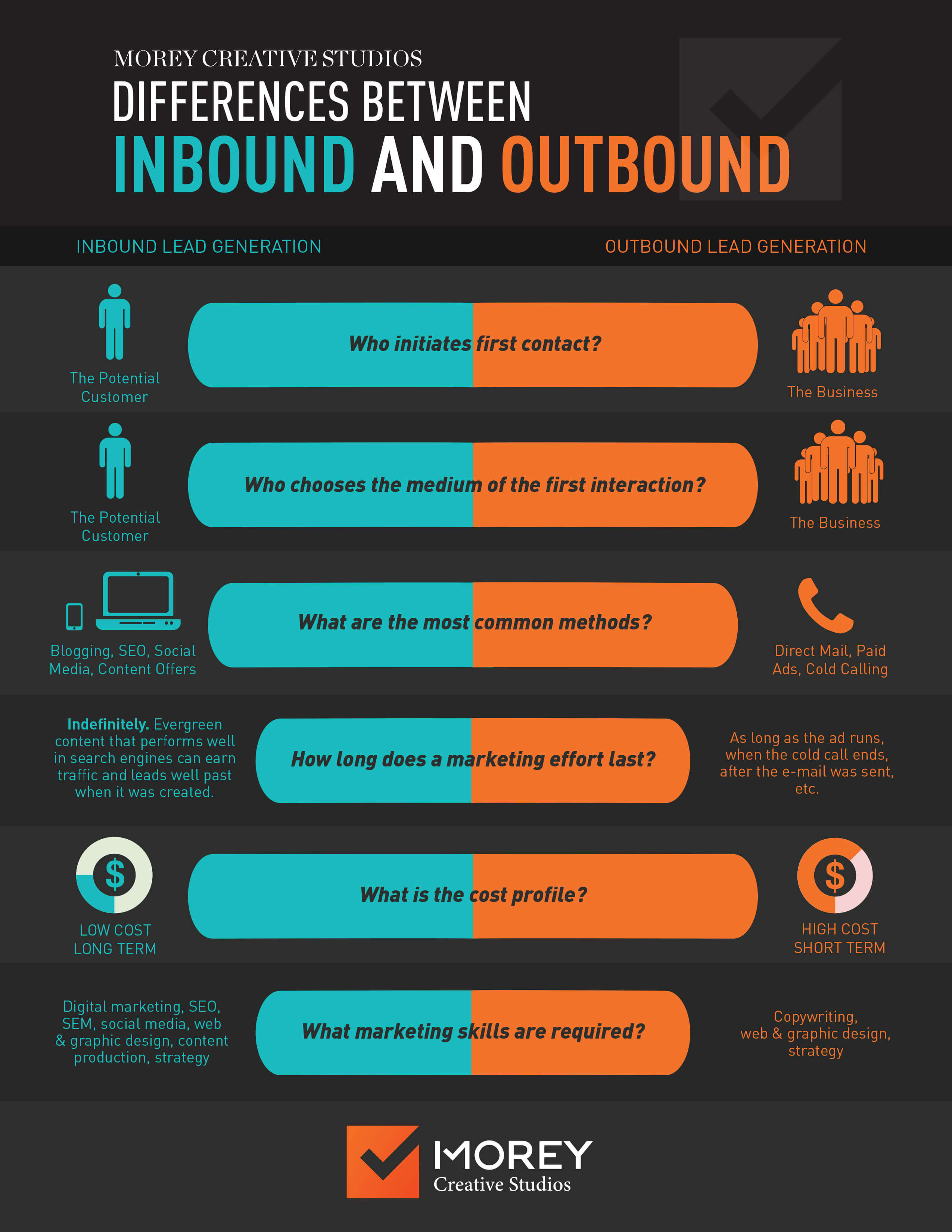
Compared to traditional marketing, creating a strategy for using inbound marketing effectively revolves around the strategy of attracting customers. This involves using webinars, blog posts and social media channels to draw in prospective clients, a strategy often employed by successful companies.
Instead of focusing on generic articles that often get overlooked, businesses can stand out by targeting their inbound marketing efforts more effectively. This way, they can influence those who are most likely to become potential customers.
In other words, effective inbound marketing strategies will target and provide meaningful engagement to the most suitable prospects on hand, helping people read and access solutions to their problems efficiently using data.
Through analytics and software tools, you can track whether marketing strategies have the desired effect across several platforms. Potential customers and inbound leads are nurtured to yield results through the marketing funnel by exposing them to relevant content and brand experiences.
A. How Does Inbound Marketing Work?
Inbound marketing tactics suggest that the content marketing team utilise advanced downloadable content such as videos and blogs to attract potential customers and boost customer engagement. To answer a buyer’s queries, you should create content on the following points.
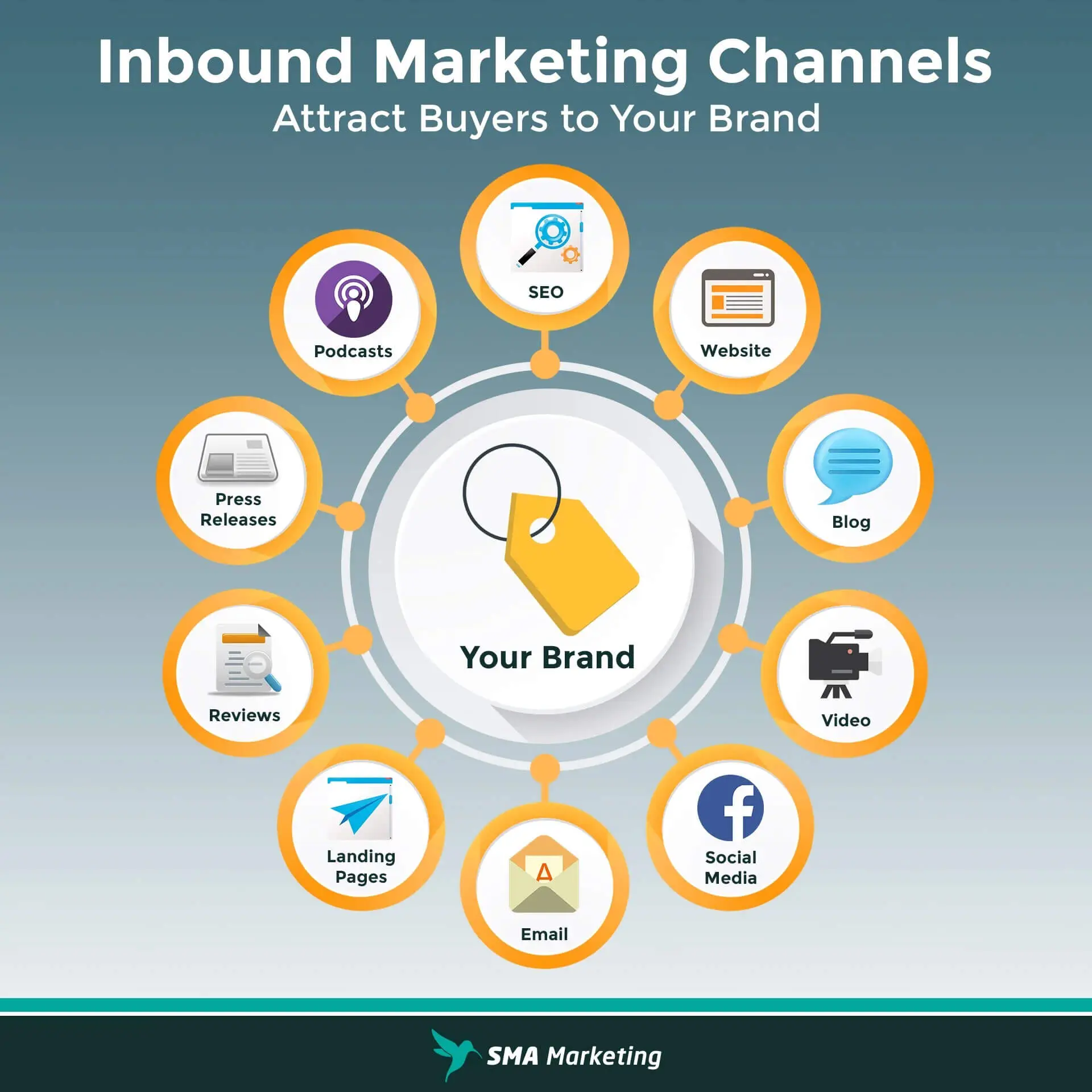
1. Beginning
Initially, every consumer aims to find out about the product, its problems, and potential solutions over the course of the marketing strategy. Hence, marketers in the industry should ensure it’s easy to understand to write quality and engaging content for effective marketing.
2. Middle
After buyers have provided feedback about the product, your marketing strategy should clearly define the possible solutions. As you gain a better understanding of the issues people raise, it becomes easier to formulate an answer to the most common queries, reinforcing your brand’s relationship with customers.
3. End
When consumers are almost convinced but not yet hitting the “buy” option, you need compelling content to give them a final push.
4. Customer Experience
Sometimes, happy customers take up the mantle of promoters, enhancing the consumer experience and inviting more buyers for your products and services to use the product or service.
By writing blogs that satisfy the above criteria and cater to consumer interests, customers will have the necessary information at every stage of their buying journey. People conduct online searches, making it easier for interested readers to consume relevant inbound marketing content from digital sources.
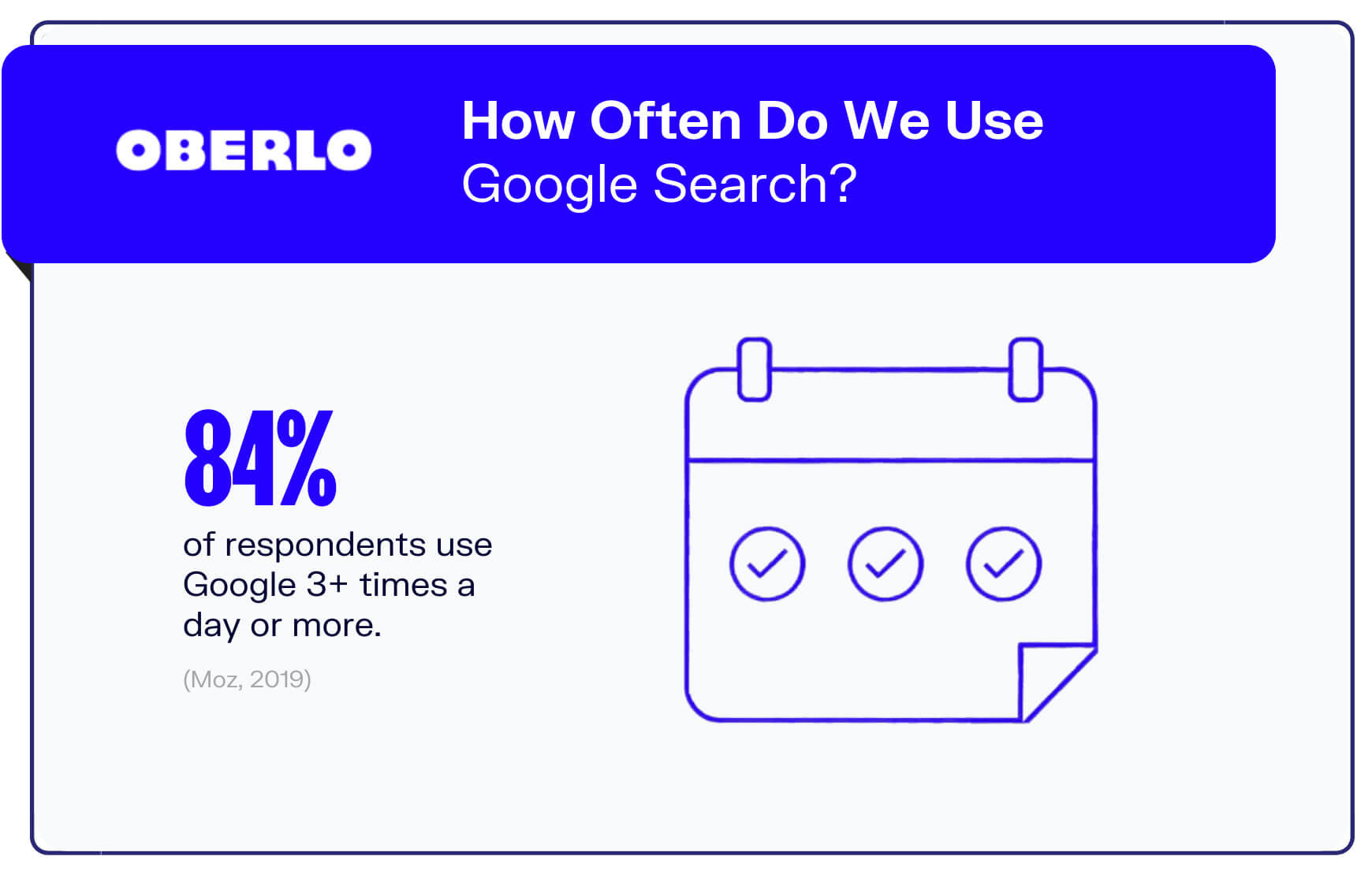
B. Example Of Inbound Marketing
Since we discuss marketing strategies, let’s consider someone looking for new marketing software. A potential customer will typically use search engines to discover the “top 10 marketing software” using a search engine, following which the best pages will appear first.
Provided your SEO strategy is spot on, your website can achieve a higher ROI and appear at the top of the results. Also, providing valuable content offers will encourage people to engage fully with your blog post, prompting them to consider the inbound marketing strategy more deeply.
At this point, you could add a number of links to the end of the page so that they sign up for a seminar on digital marketing software. Make sure to get started by gathering relevant information about the consumers, including their names or email IDs. This can help you analyse conversion rates and whether they attended the seminar, showcasing the power of your marketing efforts.
If the seminar is successful, rest assured that they will want to know about real-life applications of the software. Hence, you can send a direct mail containing case studies about how your company successfully implemented the software.
Indeed, they might even request a demo. This is an excellent opportunity to generate leads and inform the sales team, making it easy to complete the sale.
C. Advantages Of Inbound Marketing
Feeling a bit overwhelmed? No worries—we’ve highlighted the top advantages of inbound marketing to help you attract potential customers.
Long story short, the impact is a crisp, no-nonsense section to discuss the long-term benefits to build upon these inbound strategies as part of a comprehensive marketing strategy:
- Non-invasive
- People have the freedom to choose
- They can attend webinars at their convenience
- features educational content to help develop customer knowledge
- It helps people navigate the various stages of the sales funnel
- Quantifiable technique for measuring inbound marketing efforts
- Possible to control, monitor minute aspects and gain insights into inbound marketing
- constantly updating to improve and tweaking digital content
- Tracking consumer behaviour
- It helps attract potential leads without being overly costly
D. cons of inbound marketing
Despite the points in favour of inbound marketing, there are limitations that we should mention. Not to brag, but this article is an unbiased take on inbound and outbound marketing, and without knowing about the shortfalls, you’ll fail to devise a suitable marketing strategy.
- Continuous maintenance
- keeping in mind consumer behaviour never remains the same
- The content has to change to customers’ needs
- It involves a lot of time and effort, can be expensive, and requires effort to talk about relevant issues.
- It should have unique content that encourages buyers to act
- Requires special tools for cross-channel and holistic campaigns
Outbound Marketing Efforts and Rights
One of the primary the difference in outbound vs inbound marketing tactics is the latter’s use of non-digital content to attract customers. Hence, mastering how to use outbound marketing methods effectively is essential. Often referred to as Push marketing or Interruption marketing, this strategy involves broadcasting your message to a broad audience.
While the end goal—selling products by highlighting benefits—is consistent, the methods vary. Outbound marketing leans on strategies like TV ads, yellow page listings, cold calls, and email blasts to reach specific audiences.
It’s a one-way communication whereby the strategy highlights the services or products and why people should be aware of them and buy them.
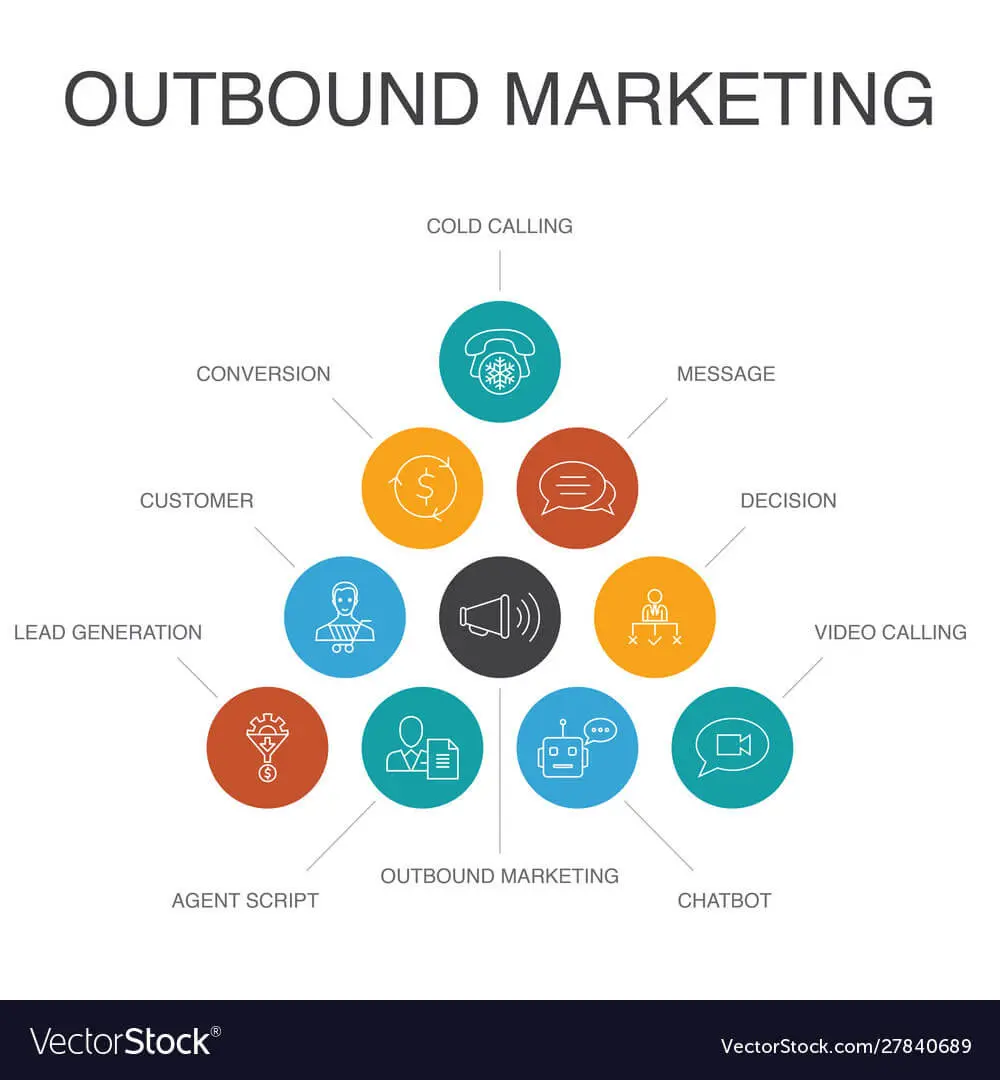
A. Outbound Marketing Strategies
Now that you know about outbound marketing, let’s explore this digital content strategy in greater detail. Since outbound marketing strategies focus on grabbing people’s attention with the message, ensuring it’s unmissable is one of the best ways.
As seen in popular films like Three Billboards Outside Ebbing, Missouri, billboards and banner ads are compelling marketing messages that effectively generate interest and grab attention. But the bottom line is that the content should be unique and relevant to stand out amongst a gazillion other messages.
Indeed, outbound marketing techniques rest on the principle of reaching out to a larger audience, aiming to increase the chance of achieving higher sales. Hence, there are quite a few similarities between physical advertising and traditional marketing tactics, such as radio ads.
The best part is that it features a healthy serving of modern technology to convert interested leads, like email marketing and pay-per-click ads for user engagement. However, the uniqueness of outbound campaigns lies in sparking an interest in prospective customers about a product they didn’t know they needed.
Picture this — you’re catching the Ashes, and during the break, there’s an ad for summer-proof products. Painting the house hadn’t crossed your mind, but now, with the Aussie summer looming, it suddenly seems like a good idea.
Buying begins if you follow up with the company about the product.
But how exactly does this happen? This is where cold email marketing comes into play - even though you’re just inquiring and may opt against purchasing the paint. We will reveal this secret in the next section.
B. Outbound Marketing Examples
Do you want to know how outbound marketing works? Drum rolls, please!
But hang on, we don’t want to give this information for free. How about you share this article with friends, and we will tell you why outbound marketing is successful?
If that sounds fair, keep reading; if it doesn’t, keep reading all the same because this is precisely how it works.
Once you see the first ad, expecting you will be interested in purchasing the paint immediately is unreasonable. You’re too focused on the cricket match, so you save the memory for later.
Then, a couple of weeks from that day, you spot a billboard while driving to the supermarket promoting the same house paint. You think about checking it out, but it’s nearing the end of the month, so you’re running short of cash. Maybe later, and that’s that, or so you would think.
Once the salary is credited, you receive a difficult-to-ignore email containing a discount coupon for the paint you were thinking of buying. No reason not to purchase it and give the house a makeover.
As a result, something that wasn’t even a priority keeps popping up repeatedly through online and offline means, gradually shifting your thoughts toward it. These advertising methods may take time, but they do the job.
C. Advantages Of Outbound Marketing
Outbound marketing has several advantages that can help a business flourish. The following points show what we think are the most crucial attributes of outbound marketing campaigns.
- Promotes brand awareness and increases business value
- Wide reach
- Attracts potential customers who haven’t heard about the product
- May deliver fast results at times
- Interested people are more likely to take action
- It’s easy and convenient for consumers
- Suitable for attracting a customer base who prefer traditional marketing campaigns
D. Limitations Of Outbound Marketing
Understanding the important differences between outbound and inbound marketing tactics and the conclusion has equivalent limitations, and it’s essential to know the pros and cons to make an informed decision.
- It may not be relevant or appealing to all
- Causes disruptions while you’re consuming content in other forms
- More generalised marketing campaign
- Easy to tune out, such as muting the TV or using spam filters
- Inconvenient to measure the effectiveness of specific elements
- High cost due to trade shows, billboards, banner ads, radio advertising, etc.
The Difference Between Inbound Vs Outbound Marketing — What Should You Opt For?
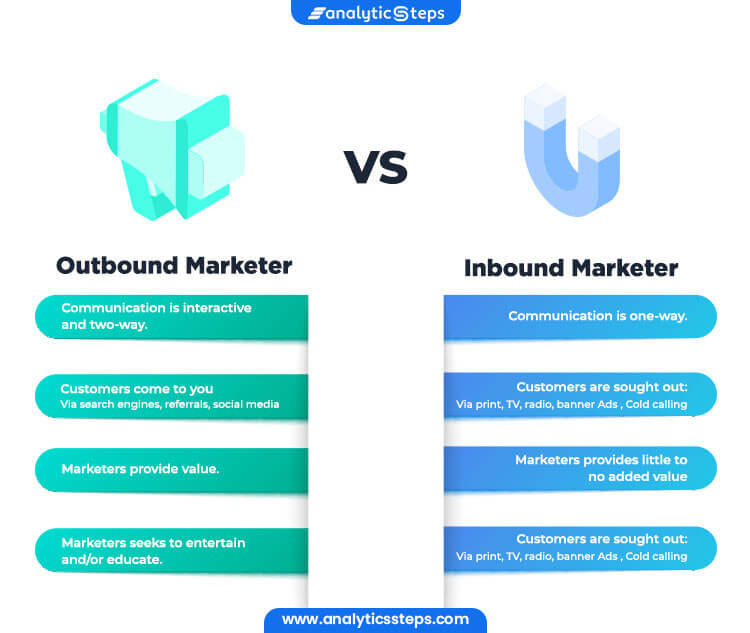
Even with an untrained eye, it’s possible to see that both inbound and outbound marketing have their benefits and shortcomings. Ultimately, it depends on what suits your business model best and your target audience.
When you have a substantial marketing budget, searching for consumers is convenient. And from magazine ads to billboards, you can promote the product on a large scale.
However, inbound marketing makes more sense if you want to avoid steep costs and know your target market. And social media marketing is a great place to start.
Which Marketing Strategy Suits You?
Phew! That was a fair bit to take in, but hopefully, you enjoyed our in-depth look at these popular online marketing techniques and the distinctions between inbound and outbound marketing.
The first step is to research each strategy and sit with your marketing teams to design the product website accordingly. We’ve already made research easy, so you must choose a method that ensures success for your business needs.
There’s no substitute for patience; giving the strategy time to attract consumers on the internet will benefit you greatly.
At sitecentre®, we understand digital marketing can be complicated, and our team will always be happy to help. Please feel free to contact us if you would like assistance with your inbound or outbound marketing strategy. We are highly experienced digital marketing experts helping small business grow their brands and online presence.



